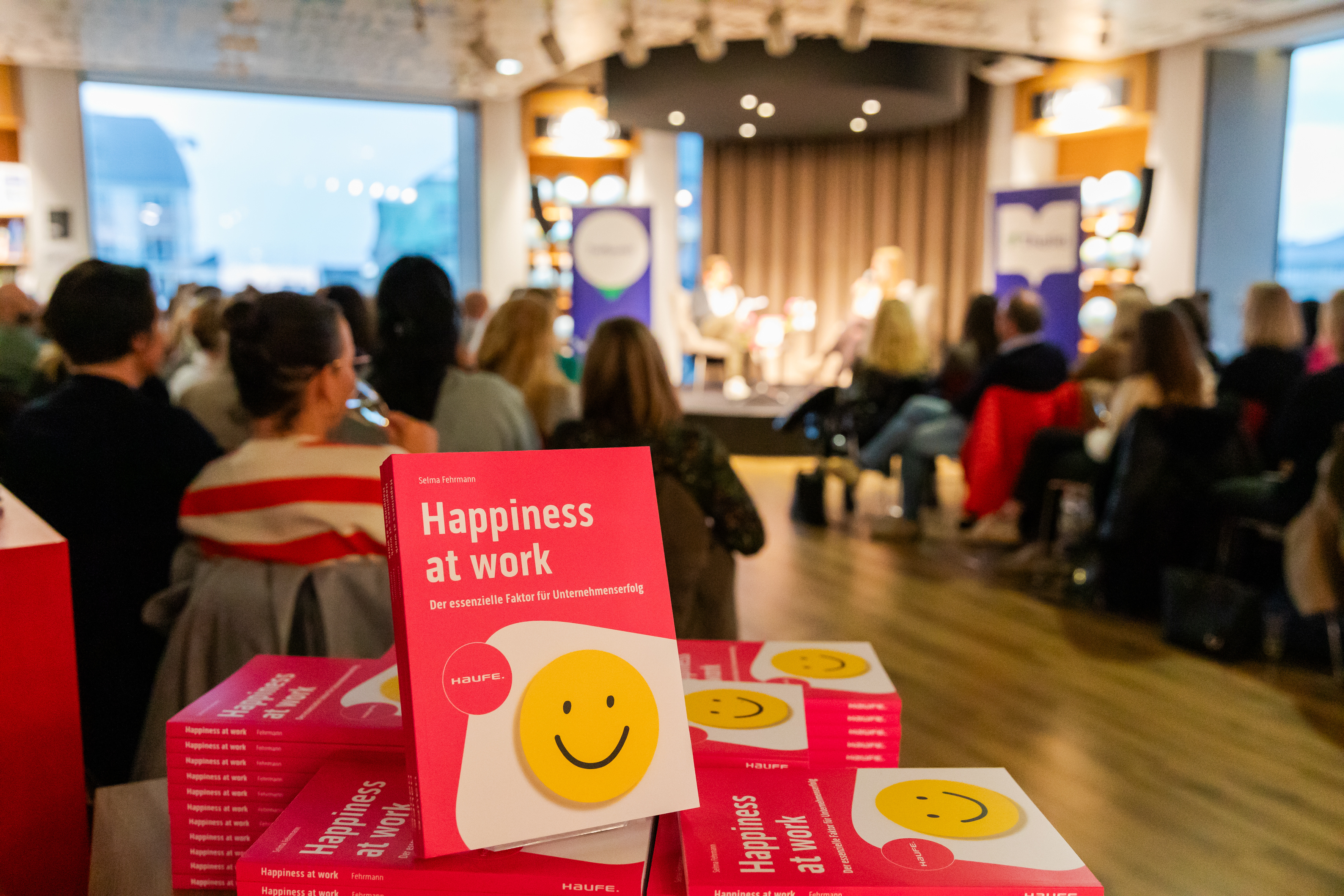 Bias is all about having a one-sided view or a closed mind to new ideas or situations. You can recognize biased thinking when it comes along because it often contains value judgements; those phrases packed with ‘shoulds’. As in ‘he ‘should’ recognize his priorities and get on with them’. That could reflect an action-oriented bias. Or ‘I loved the ideas from the last consultancy.’ Which could be an example of the recency effect because the other vendors all merged into a blur of boring presentations.
Bias is all about having a one-sided view or a closed mind to new ideas or situations. You can recognize biased thinking when it comes along because it often contains value judgements; those phrases packed with ‘shoulds’. As in ‘he ‘should’ recognize his priorities and get on with them’. That could reflect an action-oriented bias. Or ‘I loved the ideas from the last consultancy.’ Which could be an example of the recency effect because the other vendors all merged into a blur of boring presentations.
Cognitive biases, or the ways in which we think, are helpful because they give our brains shortcuts as we process millions of pieces of information. But they are also unhelpful because they lead to faulty decisions. Of the hundred or so known biases, here are a few that are important to recognise when you need to make strategic decisions. By the way, knowing them doesn’t necessarily mean you won’t succumb to them but you at least stand a better chance.
Here are my favorite ones which particularly affect strategic decision making:
Action-oriented bias: everyone feels pressure to take action and if you’re managing this bias, you’ll feel it more than most. You’ll also be more confident, optimistic and risk-tolerant than perhaps you should be.
Anchoring: describes the fact that we often rely on the first piece of information when making decisions.
Attribution error: if you like someone, you’ll assume that when they do well, it’s because they are talented individuals. When they fail or do badly, their circumstances simply got in the way. But if you don’t like them, you’ll hold the reverse beliefs.
Confirmation bias: we all listen more to information that confirms opinions we already have. Particularly if they support our values.
Dunning-Kruger effect: people who are inexpert think that they are much more capable than they are; experts do the reverse. Instead they think that tasks which are easy for them are also easy for others.
Framing effect: we react differently when the same choice is presented as a loss or as a gain. We tend to avoid risks when a negatively framed but accept them when they are positive.
Groupthink: takes place when the desire for group consensus means that individuals set aside their own ideas, fail to critique a recommendation or hold back from saying something unpopular.
IKEA effect: means that you can put a disproportionally higher value on something you work on. What it actually means is you can get attached to failing projects and disregard others’ good ideas; the ‘not-invented-here’ syndrome.
Observational selection bias: have you ever been in the position when you learned a new word and suddenly you heard it all the time? Or wanted a car and suddenly seen them everywhere? That’s what this is.
Planning fallacy: we always under-estimate the time we need to complete a task. Regardless of how often you’ve done it before, however expert you are, you won’t have enough time.
Primacy/recency effect: given a list to stuff to remember, we’ll remember the first and the last things most easily.
Risky shift: what this means is that a group collectively takes either higher or lower-risk decisions than its members would individually take. This is surprising: you might expect average risk to be the outcome. But it isn’t.
Sunflower bias: this is the tendency for everyone to follow the boss’s ideas, suggestions and opinions.
Good luck making those important decisions!



SUBMIT YOUR COMMENT